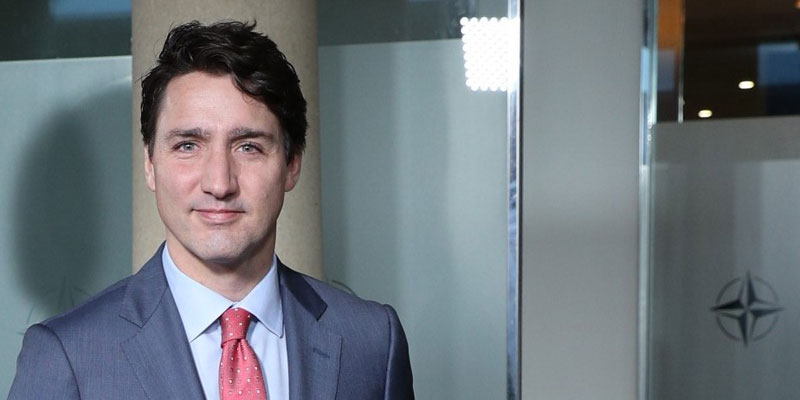Blog series part 1—Trudeau government produced string of deficits, raised taxes on middle class

The Trudeau Liberals were elected in 2015 promising a new direction in tax, spending and borrowing policies from the previous 20 years. For instance, in their 2015 platform, the Liberals stated that: “Canada’s economy has faltered, and our middle class now finds it harder and harder to make ends meet. It is time for smart, strategic investments that will turn our economy around and get it growing again.” In their inaugural budget (2016), the Liberals talked about the need for “fundamental change” and massive “investments” by government.
Specifically, the Trudeau Liberals implemented tax increases for most taxpayers—though they promised tax relief for the middle class—and marked hikes in spending and borrowing. These changes, argued the Liberals, would result in a stronger, more robust economy, particularly for Canada’s middle class. There’s now sufficient data to evaluate whether the Liberal New Plan actually improved the economy pre-COVID, and more importantly, how the results should inform policy development in the economic recovery.
It’s important to recognize that the policies of the Trudeau government represent a striking break from a two-decade long consensus. First, unlike prime ministers Chretien, Martin and Harper, the Trudeau Liberals voluntarily decided to run deficits to finance additional spending. The original commitment was deficits amounting to $25.1 billion over three years and a return to balanced budgets thereafter (2019-20). What actually happened was $89.1 billion in deficits over five years (2015-2019) and no commitment to balance the budget for the foreseeable future.
In addition to new borrowing, the Trudeau government also raised taxes. As promised, a new top tax rate targeted professionals, entrepreneurs, skilled labour and businessowners. While the Liberals claimed this was necessary to finance additional spending and tax reductions for the middle class, a 2019 study found that, once people’s responses were taken into consideration, the tax rate increase actually reduces government revenue over the medium and longer term. Moreover, this federal tax increase, coupled with most provinces also increasing taxes, has made Canada distinctly uncompetitive with the United States on personal income taxes.
While the Trudeau government reduced the personal income tax rate for middle-income earners from 22.0 per cent to 20.5 per cent, they also eliminated a host of tax credits, which when combined, increased personal income taxes for more than 80 per cent of middle-income families. It’s also worth noting that more than 60 per cent of families in the bottom 20 per cent now also pay higher income taxes because of the elimination of these tax credits.
The higher taxes and borrowing were all used to finance more spending. Federal spending on programs between 2015 and 2018, the latest year of detailed data, increased by $69.1 billion or 27.2 per cent. Large increases were recorded in Indigenous Affairs (121.5 per cent), children’s benefits (67.0 per cent), seniors’ benefits (21.0 per cent), the Canada Health Transfer (20.1 per cent) and national defence (34.1 per cent).
It’s hard to overstate the Trudeau government’s proclivity for spending. For instance, in 2018 when revenues came in $5.5 billion higher than expected and interest costs were $2.5 billion lower than budgeted, the Trudeau Liberals quickly increased spending by $8.0 billion to eliminate the entirety of the windfall.
In the upcoming second part of this blog series, we’ll look at the effects of Trudeau government policy on Canadian families and the broader economy.

